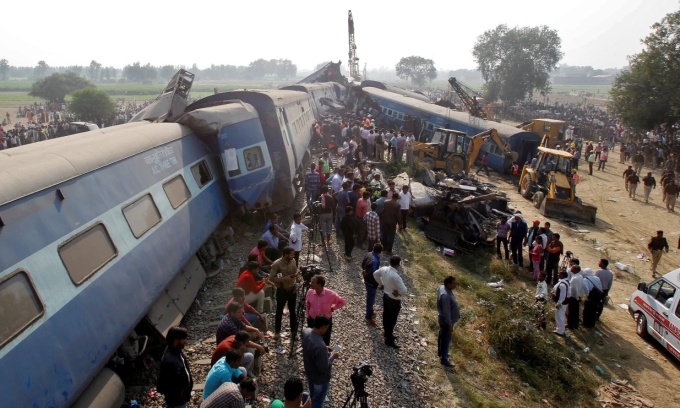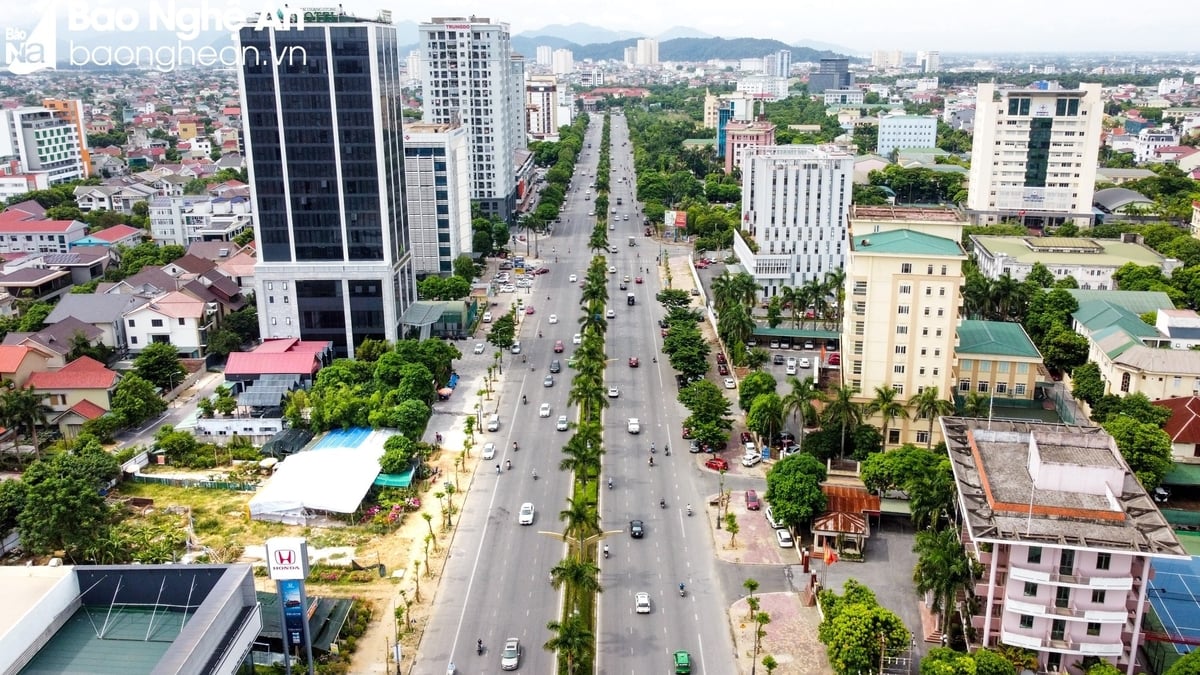Data shows that over the past decade, India recorded 260,000 deaths in rail accidents, but the number of deaths due to train collisions is negligible.
A collision of three trains in Balasore, Odisha, India, on June 2 left 288 people dead and 900 injured. This is considered one of the most serious rail accidents in the history of this country.
The incident has once again reignited debate over safety measures taken by India’s railway authorities. Data from the National Crime Records Bureau (NCRB) shows that around 260,000 people have died in train accidents in the past 10 years.

The scene of a train accident in Balasore, Odisha state, India, on June 2. Photo: Reuters
NCRB is an Indian government agency responsible for collecting and analyzing crime data across the country.
But it’s worth noting that the vast majority of rail deaths don’t come from collisions like the one on June 2, but from people falling off trains or being hit by them while crossing the tracks. Data shows that such incidents accounted for 70% of rail deaths between 2017 and 2021.
In 2021, India recorded nearly 18,000 train accidents, killing more than 16,400 people, of which more than 11,000 were due to people falling off trains or colliding with people on the tracks. In contrast, train collisions killed only 86 people and derailments killed 22.
India has the world’s fourth-largest rail network, with a total length of more than 126,000 km. According to experts, the system has been an important part of the country’s modern history and economic development, but it has been plagued by problems such as poor maintenance and deteriorating infrastructure.
Vu Hoang (According to Print )
Source link



































































































Comment (0)